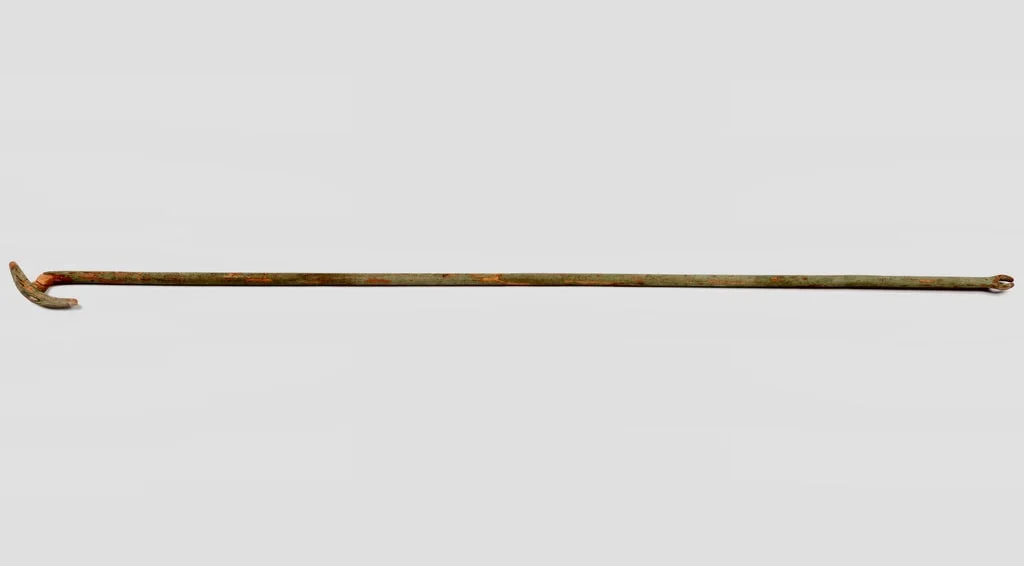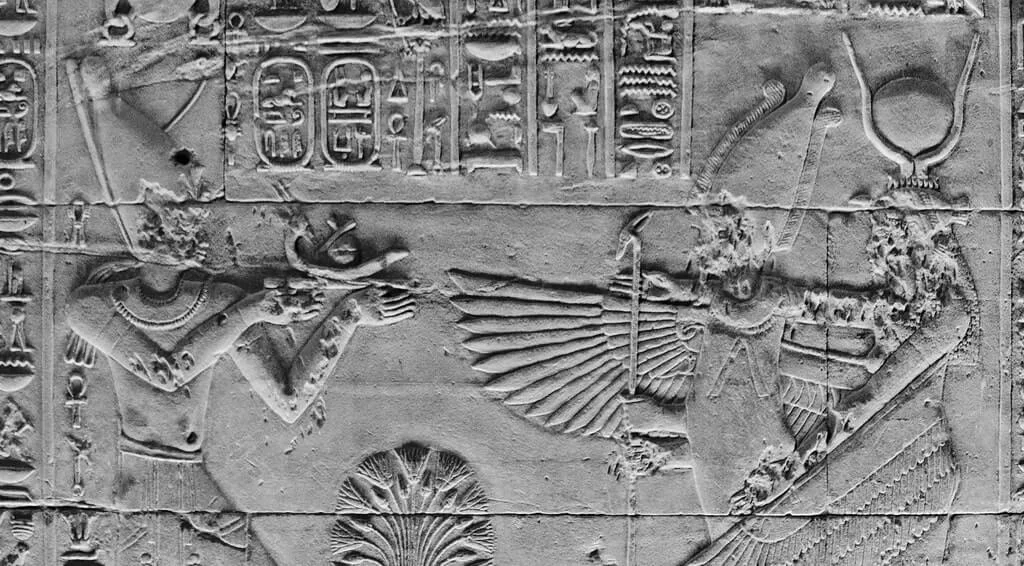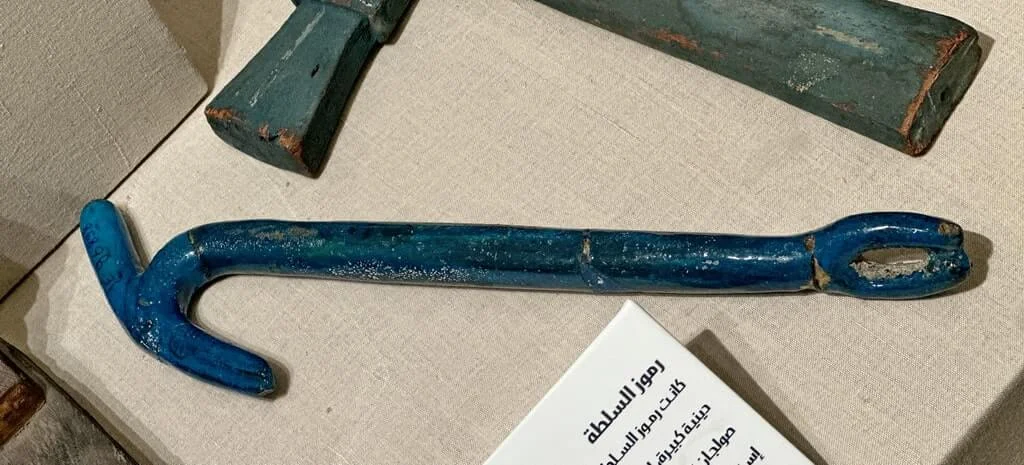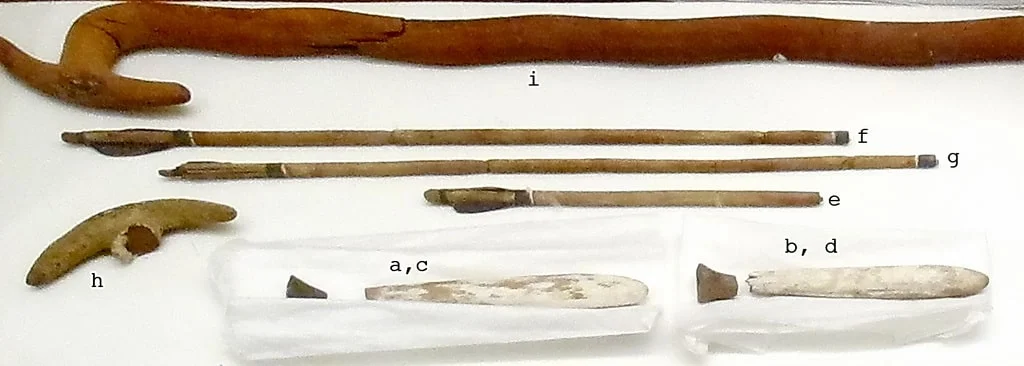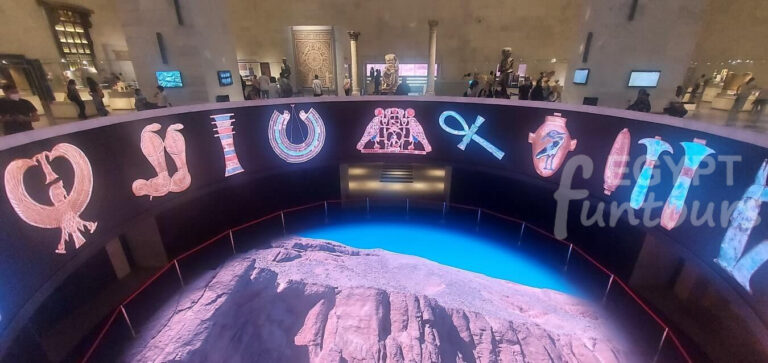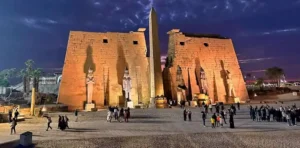The Was Scepter: Symbol of Power
The Was scepter was one of the powerful symbols in ancient Egypt, representing power, dominion, and well-being. Gods and pharaohs carried this long staff, with its stylized animal head and forked base, to show their divine authority and control over the cosmos. They used it in tomb art and temple carvings, where people believed it ensured prosperity in the afterlife. The Was scepter was unique among other royal staffs, specifically symbolizing a ruler’s inherent power and their ability to maintain cosmic order.

